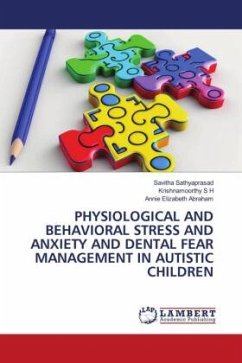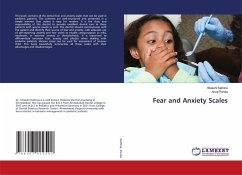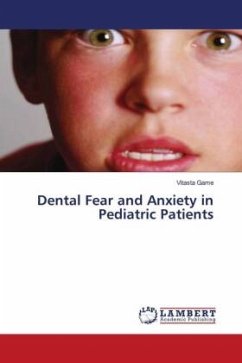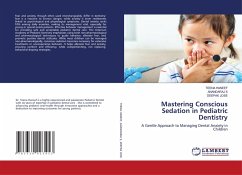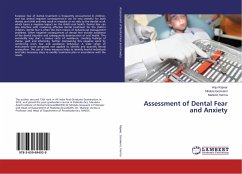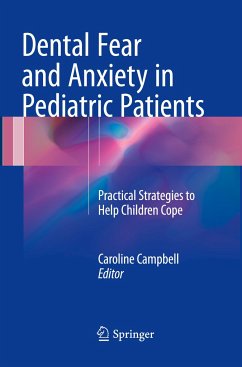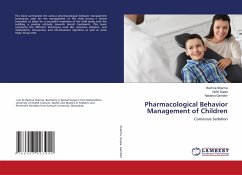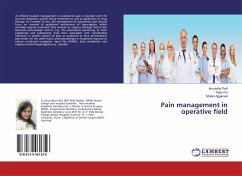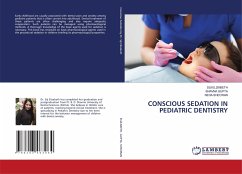
Anxiety, Fear, Phobia and its Management
Versandkostenfrei!
Versandfertig in 6-10 Tagen
43,99 €
inkl. MwSt.

PAYBACK Punkte
22 °P sammeln!
Anxiety has been defined as a nonspecific feeling of apprehension towards a concrete situation that does not necessarily involve a previous experience. Dental anxiety and fear in children has been recognized as a problem in patient management for many years. It is often reported as a cause of irregular dental attendance, delay in seeking dental care or even avoidance of dental care. The literature has shown that the aetiology of dental anxiety/fear is a multidimensional phenomenon, and stimuli (real or imaginative) can contribute to the development. If a dentist is aware of the level of anxiet...
Anxiety has been defined as a nonspecific feeling of apprehension towards a concrete situation that does not necessarily involve a previous experience. Dental anxiety and fear in children has been recognized as a problem in patient management for many years. It is often reported as a cause of irregular dental attendance, delay in seeking dental care or even avoidance of dental care. The literature has shown that the aetiology of dental anxiety/fear is a multidimensional phenomenon, and stimuli (real or imaginative) can contribute to the development. If a dentist is aware of the level of anxiety, fear and phobia of his patients, he is not only able to guide about the patient's behavior, but can also take measures to alleviate these during operatory procedures. There are many methods for assessment of anxiety and fear, and in children they depend on age and intellectual development. The aim of this literature review was to discuss anxiety, fear, and phobia and various objective andsubjective scales that are used most commonly to assess the degree of anxiety and fear of children in a dental setting.



